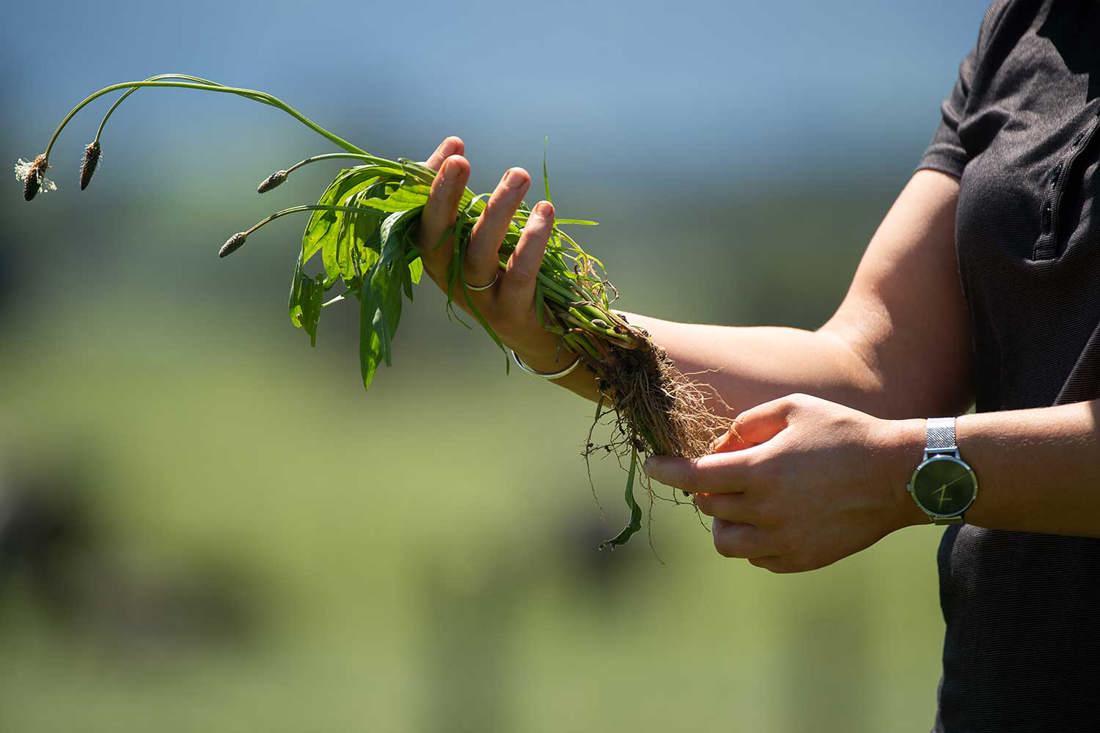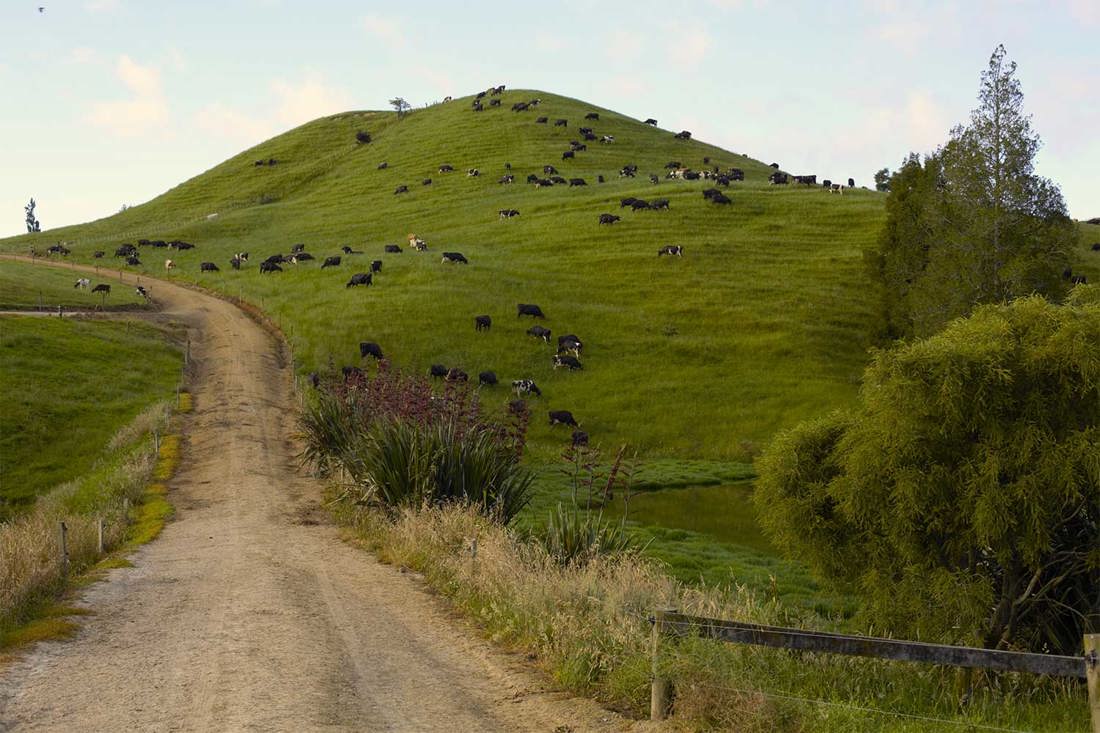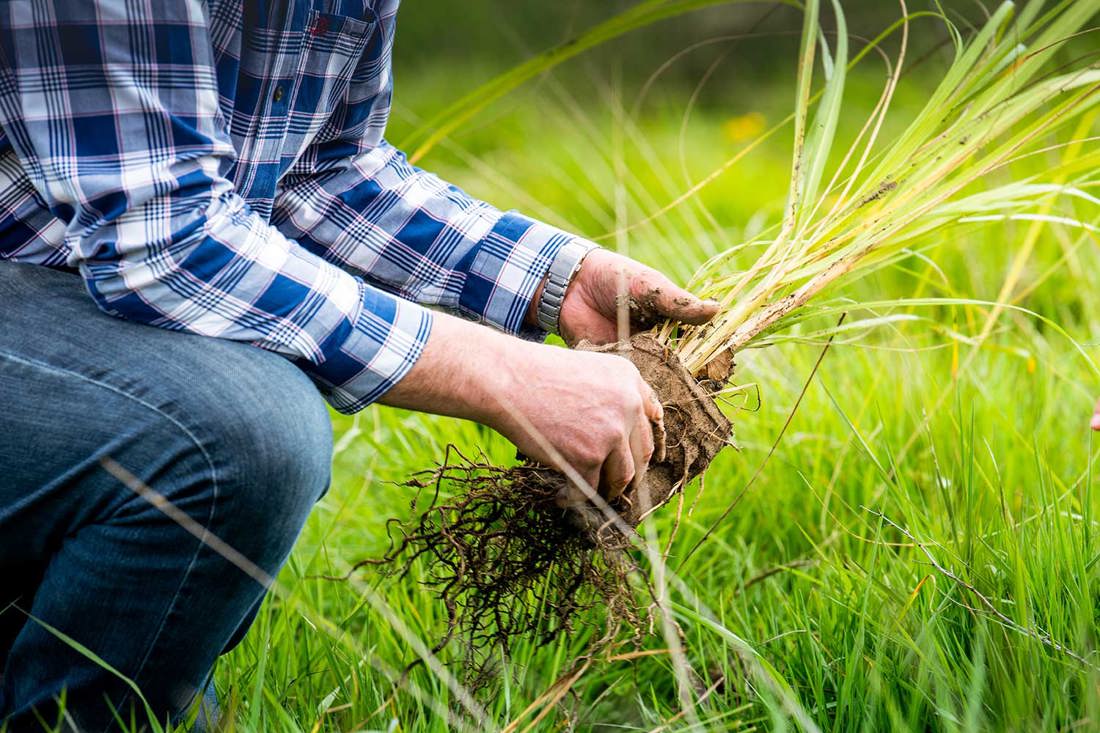E. coli inputs from a farm into waterways can affect their water quality, potentially affecting human and animal health. However, there are several opportunities to prevent E. coli loss from occurring.
Overview
Escherichia coli (E. coli) is a type of bacteria that comes from animal and human faeces. It is used as an indicator of a larger range of pathogens (disease-causing organisms) in freshwater. The presence of pathogens in water presents a risk of illness for humans, for example during swimming, and for stock that drink the water.
The presence of faeces also introduces several other contaminants to waterways, such as nitrogen and phosphorus, which can impact the plants and animals living there.
There may be opportunities on your farm to reduce the loss of E. coli, helping improve water quality, reduce human and stock health risks, and improve waterway health.
Sources of E. coli loss and how to reduce them
E. coli can enter waterways due to runoff from land where stock have been present, effluent has been irrigated, or where there are poorly maintained effluent ponds and offal pits. Direct discharges to waterways from effluent ponds and stock entering waterways are also primary sources of E. coli.
There are several options to reduce E. coli loss on your farm and these should be tailored to your specific situation. These include:
- livestock exclusion
- creating riparian buffers
- undertaking planting
- preventing runoff from critical sources areas.
Guidance documents such as those in the mitigation section of the NIWA website may help you identify what measures are best for your farm.
Regulatory requirements
Stock must be excluded from rivers, lakes and wetlands under the Resource Management (Stock Exclusion) Regulations 2020. Your regional council may also have additional restrictions on certain farm practices to manage the risk of E. coli loss from farms, such as managing critical source areas and stock exclusion.
Reducing E. coli loss may be a key objective in your Farm Environment Plan or Freshwater Farm Plan, with actions to work towards addressing this.




